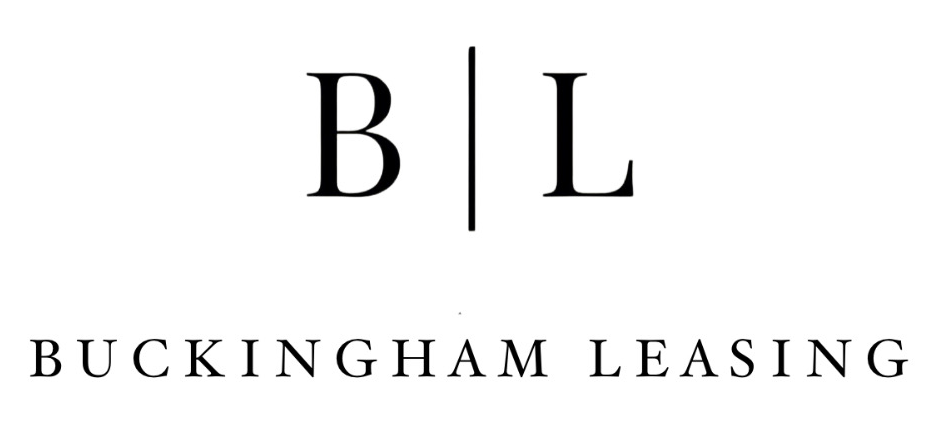5 Financial Planning Tips for SMEs in an Uncertain Economy


Running a business is never without challenges, but 2025 has tested SMEs in particular. Inflation is proving sticky, interest rates remain elevated despite recent cuts, and costs across wages, fuel, and energy show little sign of easing. Against this backdrop, financial planning has never been more important.
Here are five practical tips to help SMEs strengthen their position and plan with confidence:
1. Put Cash Flow First
Profit is important, but cash flow is survival. Many businesses look healthy on paper yet struggle to cover day-to-day costs. Forecast cash flow regularly, identify pinch points, and consider flexible finance solutions — such as leasing — to spread major costs and protect liquidity.
2. Build a Buffer
The current climate has shown how quickly external shocks — from energy spikes to supply chain delays — can disrupt operations. Aim to build a reserve fund where possible, giving your business breathing space when the unexpected happens. Even a few weeks’ worth of operating costs can make the difference between resilience and risk.
3. Reassess Financing Structures
Traditional loans and overdrafts may not offer the flexibility businesses need in a volatile economy. Asset finance and leasing provide more predictable, tailored repayment structures, helping to match finance with revenue cycles. For SMEs balancing growth and caution, that flexibility can prove invaluable.
4. Plan for Tax Efficiency
With an Autumn Budget on the horizon, SMEs should pay close attention to allowances and reliefs. Capital allowances and incentives tied to sustainability or investment in equipment can significantly reduce liabilities. Structuring purchases through finance can also spread VAT and align payments with income.
5. Don’t Delay Investment — Be Smart About It
Holding off on investment can feel safe, but waiting for “certainty” is rarely the best strategy. Outdated machinery, rising maintenance costs, or lost productivity can erode margins faster than a loan repayment. The smarter move is to invest in a way that preserves flexibility — using leasing or hire purchase to access assets without draining cash reserves.
The Bottom Line
For SMEs, the financial landscape remains unpredictable. Inflation and rates may move down gradually, but volatility is here to stay. The best approach is not to wait for the perfect conditions but to build a strategy that protects cash flow, maximises flexibility, and positions your business to seize opportunities when they arise.
At Buckingham Leasing, we work with businesses across sectors to structure finance that fits — practical, predictable, and resilient enough to withstand uncertainty.
